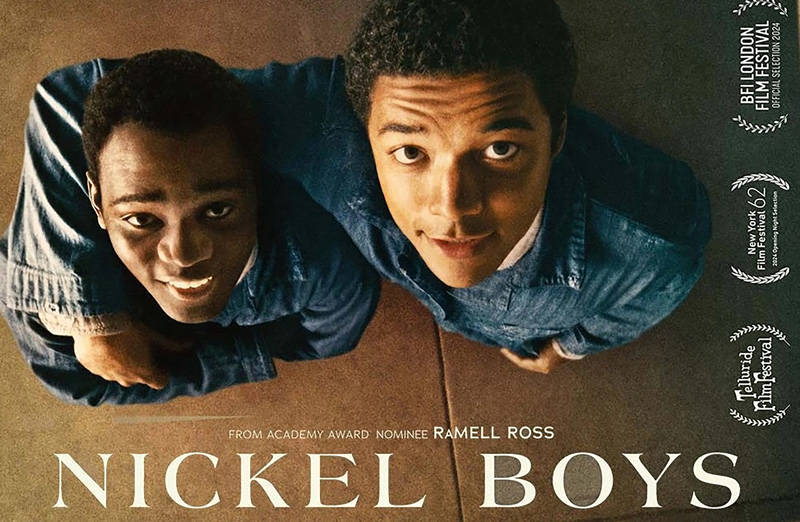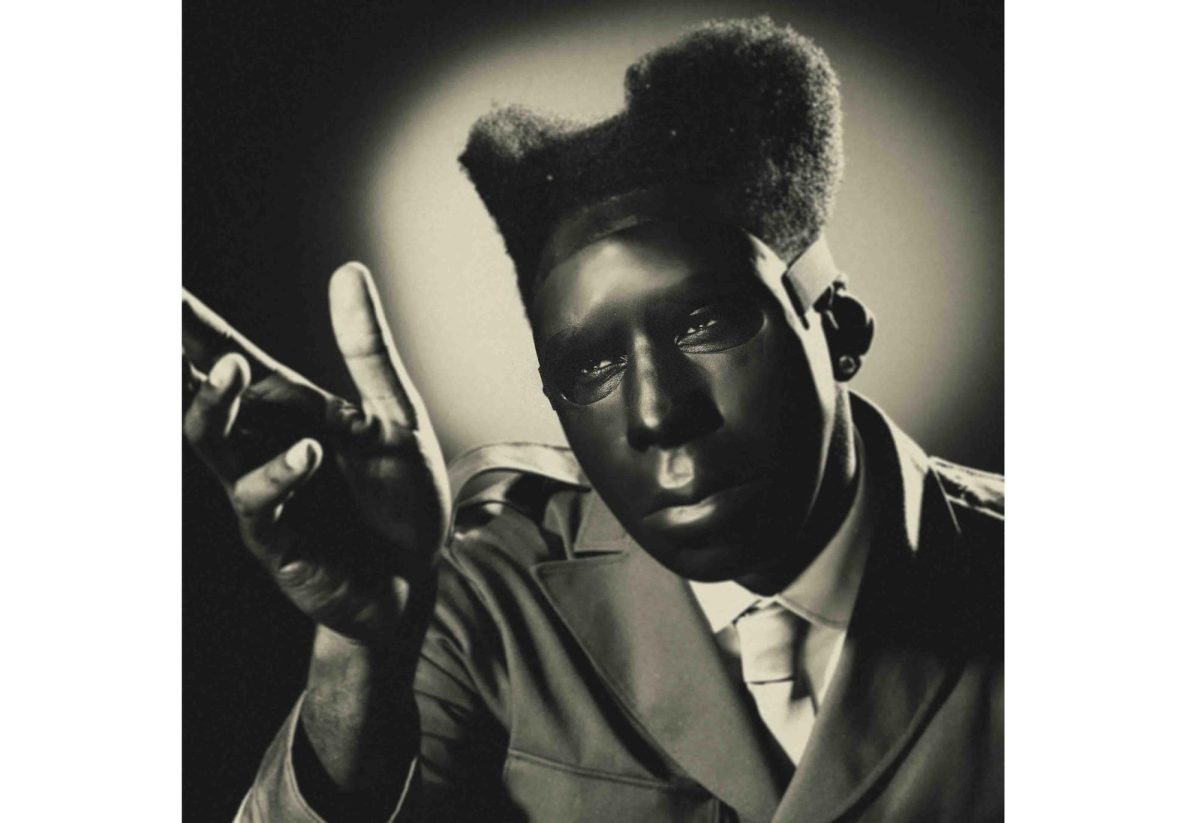Editorial: Healthy rivalries are possible
The rivalry against St. Mary’s always draws big student and community crowds. Students and parents get fired up about the game, but players on both teams have exhibited good sportsmanship in the court.
February 14, 2022
As students, staff, and parents sat in the Manitou Springs High School gym watching the St. Mary’s High School versus MSHS game on January 19, 2022, it was evident that frustrations in the crowd were growing. The frustrations would eventually lead to multiple fights between Manitou and St. Mary’s spectators on the gym floor after the game, increasing a spiteful passion of frustration that stems from the predated rivalry between the two schools.
Some may wonder, what is the harm in a good old fashion rivalry? But, as the fights broke out, the rivalry between the two schools only became more significant, and the Mustang community started to question where teams and people draw the line.
Since the beginning of time, and especially the beginning of sports games, there have been rivalries between almost everyone. According to Merriam-Webster, the word “rivalry” entered the world in roughly 1577 and was again used in “Two Gentlemen of Verona”, a Shakespearean production.
Primarily, rivalries are common within sports; even famous out-of-control rivalries happen, such as Mike Tyson and Evander Holyfield’s fight of 1997, where Tyson bit Holyfield’s ear twice.
Although, in a modern time where competition is ubiquitous, it is essential to maintain boundaries and establish healthy rivalries.
Dr. Kathryn C. Wilder states that rivalry is simply a competition between someone else. “Competitiveness, in its most basic form, is what all humans draw on to survive and get through every-day life. Competitiveness is the fire inside of you,” she said in her article about maintaining healthy rivalries.
Competition between humans is entirely natural and a good thing most of the time. Rivalries and competitions help drive innovations, create passion and pride within players and fans, and push people to exceed limits and break boundaries.
But when people find themselves sacrificing something or getting tunnel vision, only to have the sole goal of beating or succeeding against their rival, it’s important to refocus on yourself and your priorities.
For example, during the MSHS game against St. Mary’s, the crowd began to take their frustrations built on the foundation of the rivalry out on each other. They began to lose their principles of sportsmanship, integrity and indeed the whole context of the situation. Even though the teams themselves remained calm, the crowd started getting out of hand.
No matter how intense the rivalry is, it is critical to remember the goal of the task being completed on hand. Relating to the Manitou basketball game example, the crowd lost the primary reason they were there: to support their fellow friends, team members, peers, and children of the two schools.
It seems that in the modern era, people are forced through everyday activities (and especially careers) to compete with others, only finishing the task when it’s relevant that you have succeeded over another.
“Maintaining a friendly rivalry [or competition] will not detract from your performance. By avoiding the pitfalls of an obsessive rivalry you will be more likely to find personal fulfillment and overcome obstacles in your path,” Wilder said. “You are more likely to feel happiness, and be energized during a race. In this competitive mind-set you will be able focus on the present, and avoid thinking about past performances against the rival.”













































Sammi Clapham • Feb 25, 2022 at 8:58 am
To be honest, I haven’t been to any sports game at Manitou, but I have thought to myself how having rivals from other schools can actually bring us closer together as a community. What I mean by this is when we feel that we are against someone else, we can encourage each other here at Manitou to be stronger together no matter if we win or lose. So, by saying that, I definitely agree with this topic.